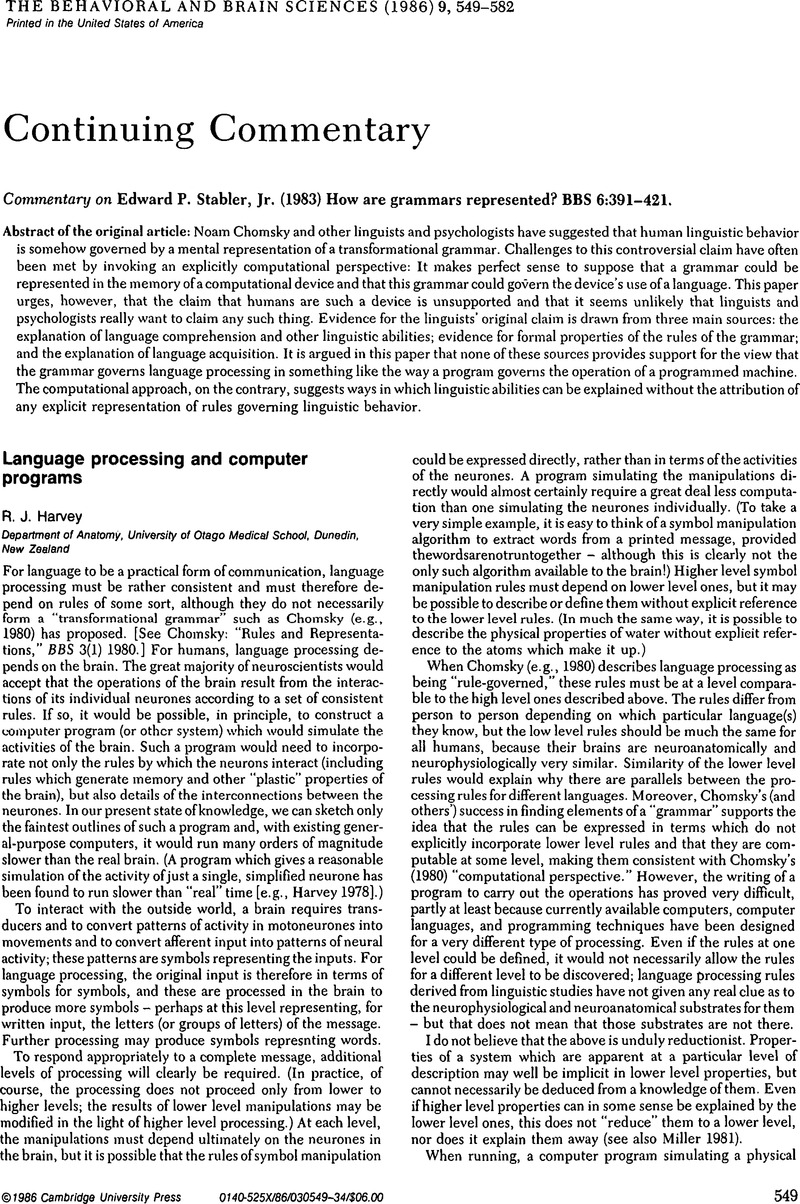Crossref Citations
This article has been cited by the following publications. This list is generated based on data provided by Crossref.
Krantz, David L.
1998.
Taming Chance: Social Science and Everyday Narratives.
Psychological Inquiry,
Vol. 9,
Issue. 2,
p.
87.
Forbes, L. M.
Evans, E. M.
Moran, G.
and
Pederson, D. R.
2007.
Change in Atypical Maternal Behavior Predicts Change in Attachment Disorganization From 12 to 24 Months in a High‐Risk Sample.
Child Development,
Vol. 78,
Issue. 3,
p.
955.



